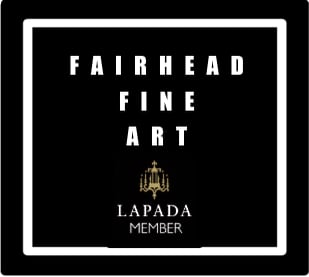Born in 1940, Clovis Prevost was primarily influenced by the 1960s. Historically set in the context of the Cold War, the 1960s epitomize an extremely influential era which generated an important number of disruptions and questioned the order of all things. In Europe, The Iron Curtain and the Berlin wall would permanently mark people and beliefs, while in the U.S, events such as the Cuban missile crisis and Vietnam war would forever influence generations to come. From education to gender issues and ideologies, a re-definition of social standards in Western society developed, with revolutionary philosophies and movements emerging in a cradle of innovation. In the art world, a multitude of powerful changes were also taking place. Pop Art, adopting the culture of mass media through the artworks of Andy Warhol, Roy Lichtenstein and Tom Wesselmann, was slowly breaking down the bases on which the production and reception of art were built. Drawing from the imagery of popular culture and mass consumerism, the Pop Artists rejected the authority of highbrow art and created a revolutionary movement, while Minimalism, simultaneously appearing, was rejecting any form of emotional expression and focused on art’s theoretical aspect – aiming for pure visual responses. Honesty and an void of emotions were key concepts in the highly influential movement of Minimalism, represented by artists such as Frank Stella, Donald Judd and Agnes Martin. Uninterested in the gestural elements of Abstract Expressionism, Minimalist artists focused on producing artworks mainly composed of polished, pure lines and geometrical elements. Digging further into some of the ideas inherent to Abstract Expressionism, artists like Morris Louis, Kenneth Noland and Helen Frankenthaler practiced Colour Field Painting – strongly relating to Minimalism, with a fundamentally ruled-based approach, emptied of any emotional features. The very first blossoming of Conceptualism was significantly influenced by the simplicity of Minimalism but went further in denying all pre-existing conceptions inherent to art, similarly to what Pop Artists were trying to attain, by uplifting popular culture to the status of high art. Several schools of philosophy deeply influenced creatives, Francis Bacon and Alberto Giacometti were artists fundamentally seduced by the ideas of Existentialism, who achieved worldwide fame through their depiction of the human form and the anguish often associated with the human condition. worldwide, an important number of art movements resounded with the radical changes of the 1960s, often prone to their own regional distinctions. In Italy, Lucio Fontana and Piero Manzoni initiated Spatialism, while in Germany, the Zero group adopted similar ideas under the leadership of Günther Uecker.
